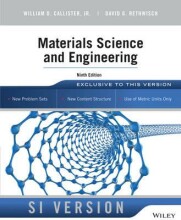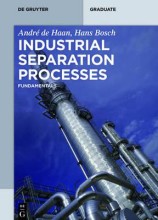Summary: Kinetics And Catalysis
- This + 400k other summaries
- A unique study and practice tool
- Never study anything twice again
- Get the grades you hope for
- 100% sure, 100% understanding
Read the summary and the most important questions on Kinetics and Catalysis
-
1 Reaction kinetics
-
Why does a steady state approximation happens more often the pre equilibrium approximation?
- Steady state considers concentrations remain constant.
- Pre-equilibrium focuses on initial reaction steps.
- Steady state is often easier for complex systems.
- More applicable in kinetics where intermediates form.
-
1.1 Atkins
This is a preview. There are 24 more flashcards available for chapter 1.1
Show more cards here -
What is the rate constant? (kr)
- It measures the speed of a chemical reaction.
- It is independent of concentrations
- Higher values indicate faster reactions.
- Depends on temperature and reaction conditions.
-
What is a practical application of the rate law?
Once the law and the value of the rate constant are known, it is possible to predict the rate of reaction from the composition of the mixture. -
What is the instantaneous rate
It is the rate of consumption of a reactant or formation of a product and the slope of the tangent to the graph of concentration against time. -
Why do you want to integrate the rate law?
To predict the composition of a reaction mixture as it approaches equilibrium. It is also the basis to determine the order and rate constants of a reaction. -
Explain what a 0th order reaction is
- Reaction rate is constant.
- Independent of reactant concentration.
- Reaction proceeds at a steady pace.
- Typical for saturated catalysts.
-
Explain what a 1st order reaction is
- Reaction rate ratio is the same as concentration ratio.
- Half-life is constant and independent of concentration.
-
Explain what a 2nd order reaction is
- Doubling the concentration rate will increase the reaction rate by a factor of four.
- Can involve either one reactant or two different reactants.
-
What is the transition state of the reaction?
When the reaction is at his climax (highest Ea), The two reactants have come to such a degree of closeness and distortion that small further distortion will send them in the direction of products. -
What is the difference between activated complex and transition state?
Activated complex is a cluster of atoms that corresponds to the region close to the maximum; a transition state is a conformation of the atoms in the activated complex that leads inevitably to products.
- Higher grades + faster learning
- Never study anything twice
- 100% sure, 100% understanding
































